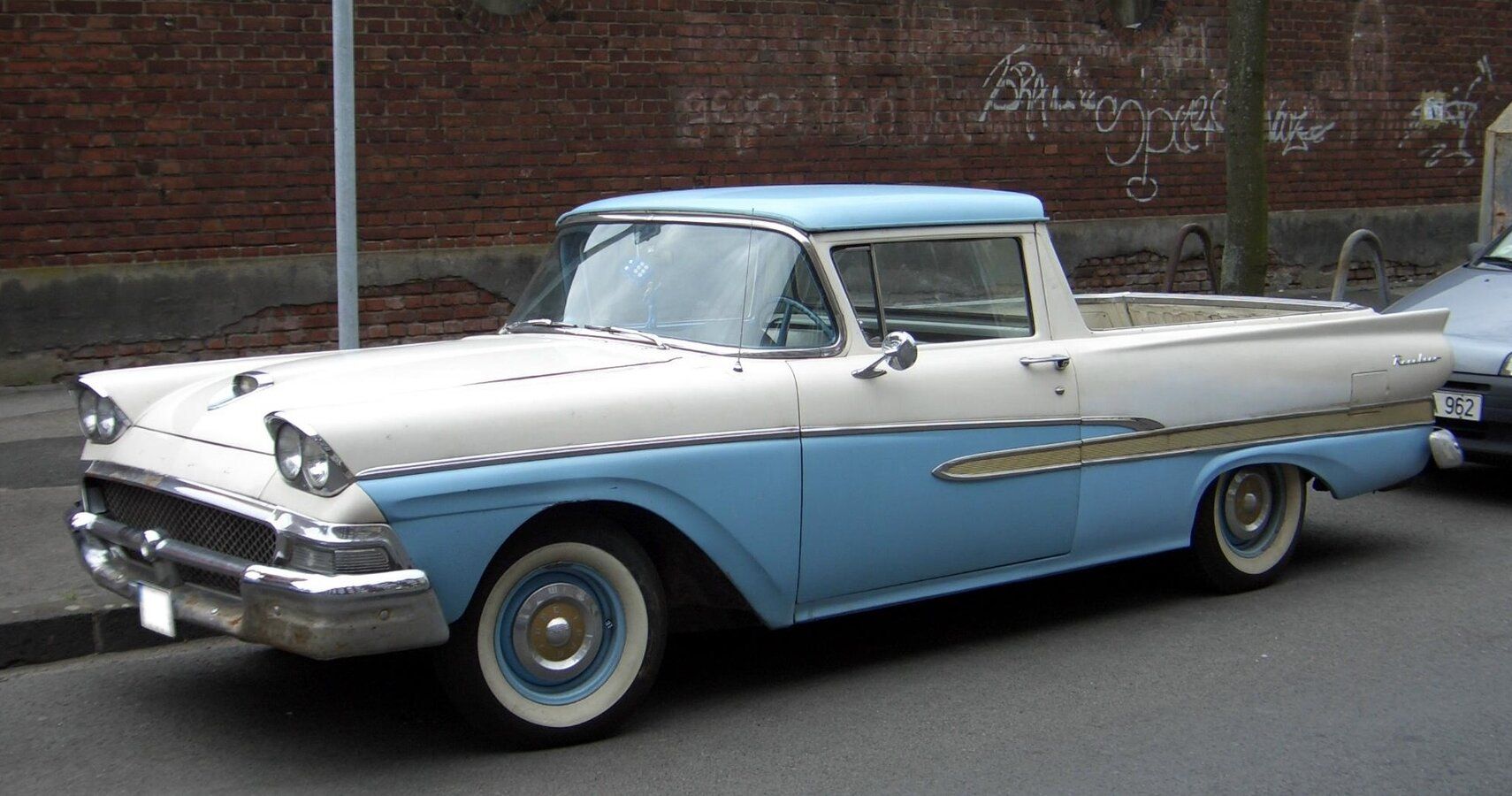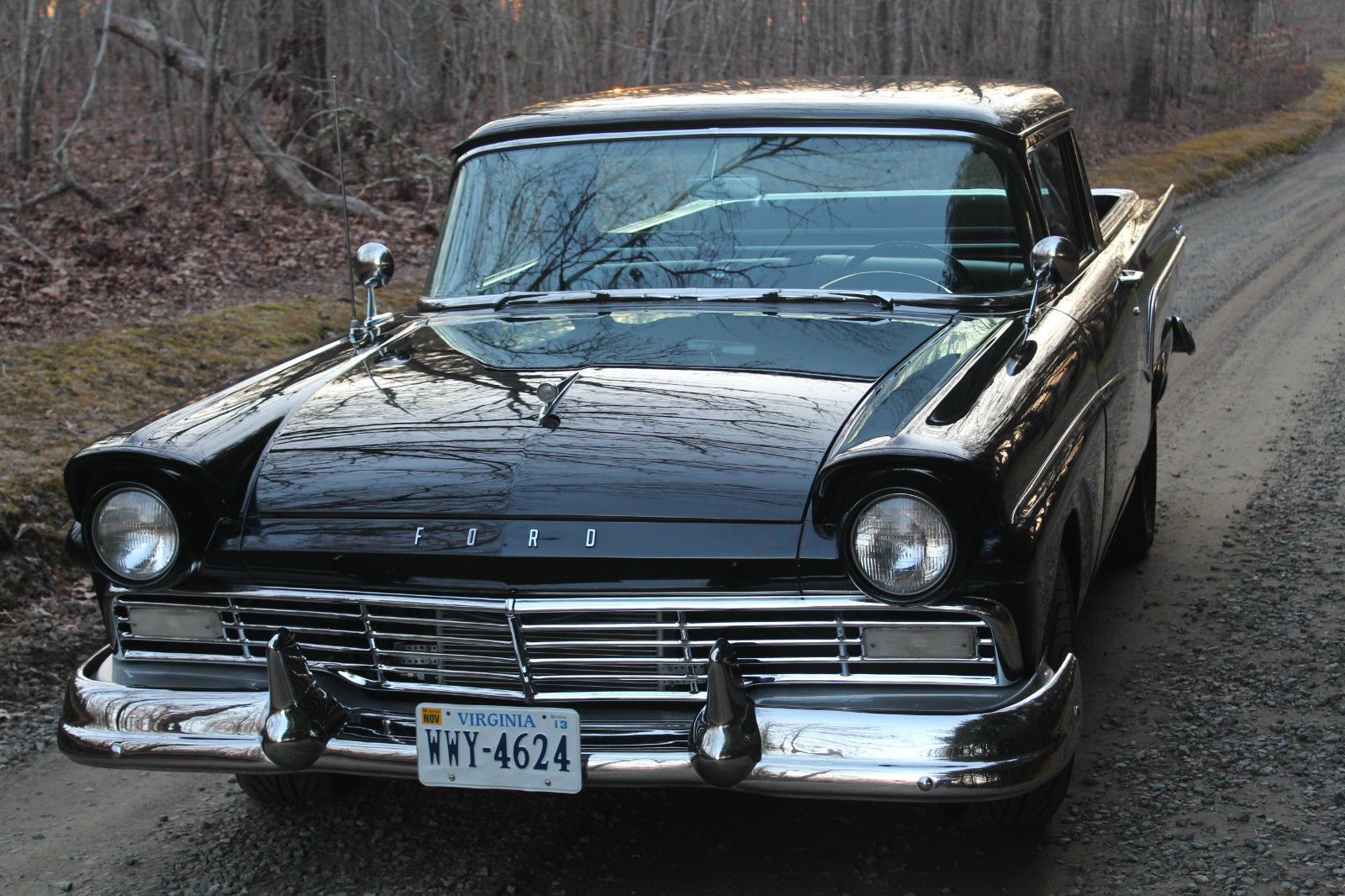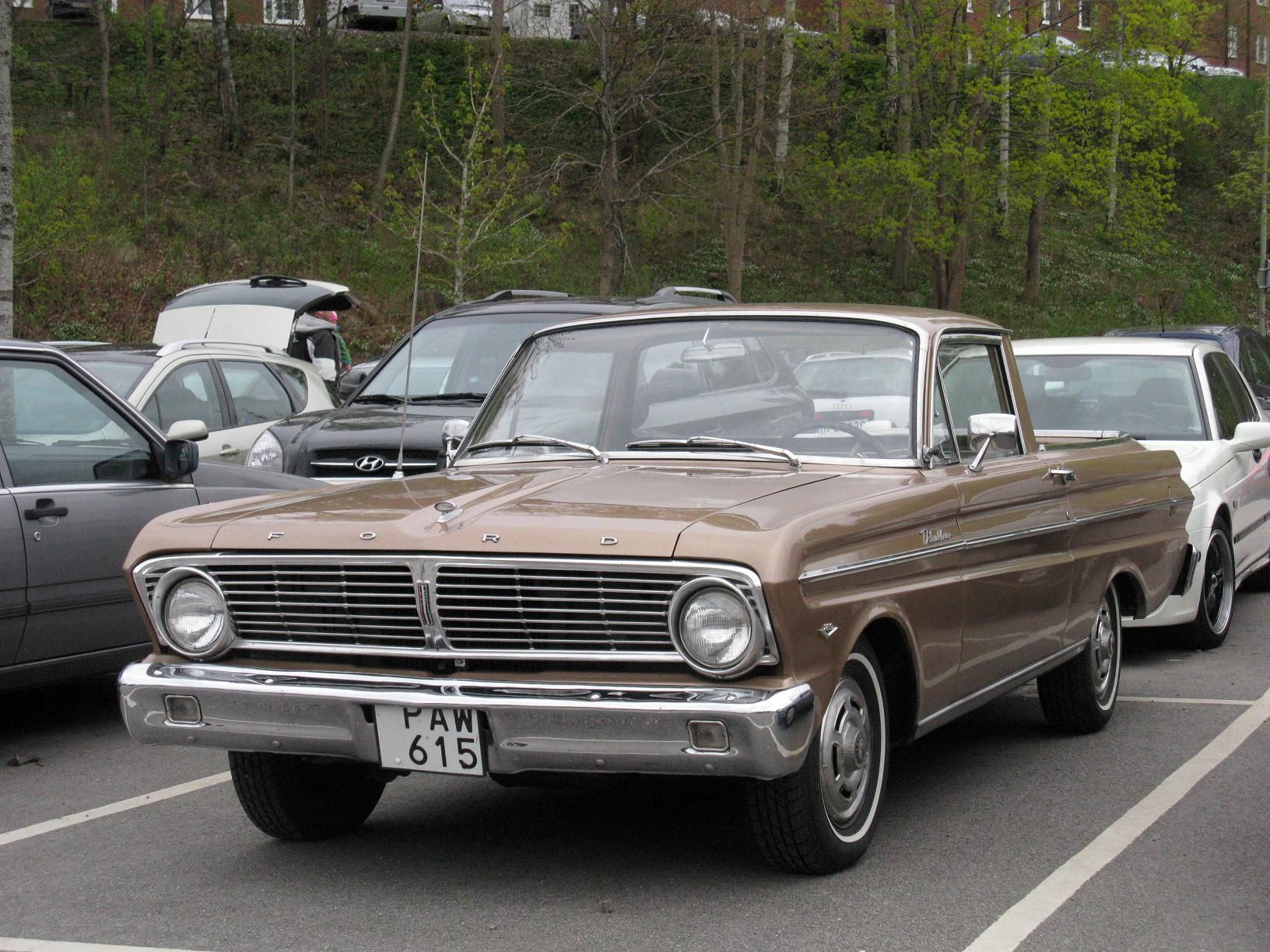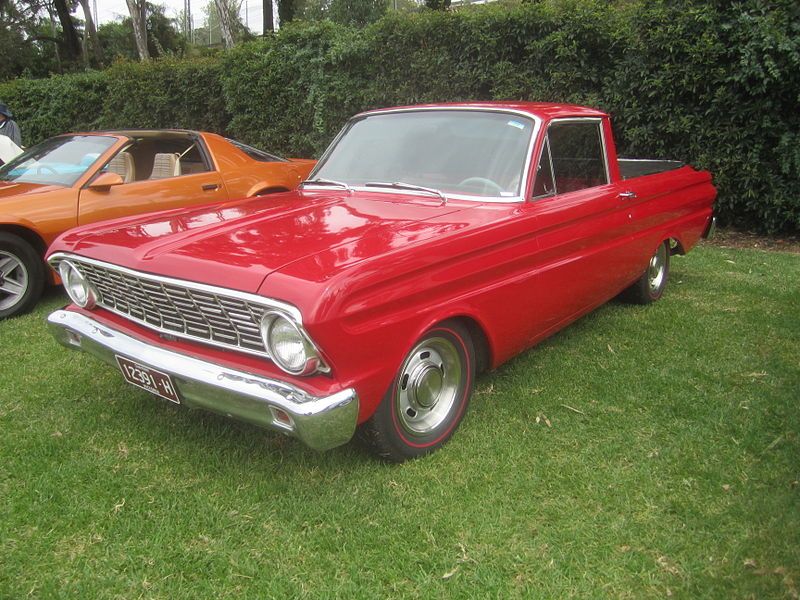Rolling back the years to December 1956, Ford launched its all-new Ranchero pickup trucks. A revolutionary move in automobile history. What followed was mass hysteria as the Ford Ranchero was an instant hit with the automotive press and general public. The marketing slogan "More than a car. More than a truck." turned out to be a masterstroke.
The Ranchero became popular as the go-to pickup truck for the majority and developed a reputation of being the ultimate vehicle for ranching and outdoor activities. While it was launched as a pickup truck, it eventually created its own niche in the market. It started the trend for vehicles that provided the utility of a light pickup truck and the driving characteristics of a car.
A production run that lasted 22 years (1957-1979) witnessed the sale of over 500.000 models. Fast forward to 2020, the Ranchero is one of the best classic vehicles going around in the market. Despite the massive success it enjoyed during its production period, the Ford classic remains somewhat of an underrated gem.
What are some of the Ford Ranchero's stand out features? Let's have a closer look at this Ford classic.
Here's how much a Ford Ranchero is worth today.
Coupe Utility: A Revolution
The Ranchero is an integral part of Ford's history of pickup trucks. The first-ever Ford Model "T" and Model "A" pickup trucks were a culmination of a car's body and a pickup box. 1934 saw Lew Brandt, an Australian designer for Ford, modify a coupe with a load-bed. The idea was to create a utility vehicle that could be used to transport poultry and other utility activities. This design earmarked the first coupe utility in Australia, popular to this day as the 'ute' type of car. The Ranchero has the distinction of being the first American Vehicle adapted from a (popular) Sedan post-war, and carries a heavy legacy on its shoulder.
Mainly produced between 1957 and 1979, the Ford Ranchero was rather unique. During this time, this amazing car was derived from almost all types of Ford automobiles sold in North America. In the early 1970s, the South African market saw a rebadged Australian Ford Falcon-Utility sold by the name Ranchero. The vehicle was one of a kind. It was shipped into Ford’s Port Elizabeth plant from Australia, in what they termed was a "Complete Knock Down (CKD)" form, and then assembled. It was imported, as well as locally produced. South America saw the Ranchero too - a utility version of the indigenously produced Argentinean Ford Falcon.
The vintage Ranchero was a long-serving utility vehicle that sold more than 500,000 units before its production was discontinued.
History
This rare gem was appreciated globally for decades. Its production years saw seven generations of the Ranchero drive across the streets, globally.
First up was the Meteor Ranchero, the First Generation of the Ranchero family. Introduced three months after the traditional September start-up, the model was designed specifically with a broad wheelbase of 116 -118 inches. The Meteor Rancheros was a derivative of utility sedans, two-door ranch wagons, and station wagons. It was sturdy and spaciously accommodating (202 inches in length). Three engine variants were mainly used: a 223-CID OHVl6, a 292-CID Y-Block V8, and a 352-CID FE V8 engine. The Meteor Rancheros were, more or less, courier vehicles - with open beds and cargo boxes attached.
The Second Generation Ranchero kicked off in 1960 - a period that saw a transitional shift to smaller, efficient cars like the Volkswagen Beetle. It was trimmed, based on the Ford Falcon, a two-door sedan delivery variant. The wheelbase was cut down and the length was trimmed down to 189 inches. The curb weight was reduced to 1,123 kilograms. The engines were now mainly Thrift-power and Windsor V8s.
1966 saw Third Generation Rancheros employ a combination of station wagon interiors and the front body of the Falcon. Newer I6 (170 and 200 cu) and V8 (289 and 390 ) engines were employed. The wheelbase was stretched to 113.0 inches. Next up, the 4th Gen Ranchero became the largest model since 1958. Quick-shift changes were made to the exteriors. A host of V8s and a single variant of the I6 engine were made available for buyers.
The Fifth Generation Ranchero was a one-year model. With a wheelbase of 114 inches, it acquired the name of the Ranchero Squire, an upmarket trim with similarities to the Country Squire Station Wagon. Three variants of the V8 engine (302, 351, and 429 cu) and one variant of the I6 engine (250 cu) were used.
1972 saw the Sixth Generation Ranchero unleash itself. A larger wheelbase of 118 inches and a much longer body of 215.7inches was noted. The 250cu I6 engine was retained as an option and five advanced versions of the V8 engine were available. In 1973, Ranchero redesigned the model’s front end to meet federal standards for front-impact protection which remained unchanged until 1976.
The final generation Ford Ranchero was out in 1977 and restyled in line with the Ford Lt II, a midsized car line that replaced Ford’s Torino. 3 versions of the V8 engine were made available while the car was increased to its longest-ever model-size of 220.1 inches.
Legacy and Rivalry
The Ranchero is widely regarded as a cherished collectible. However, it is overlooked these days for the Chevrolet El Camino, a coupe utility that was launched by General Motors as a reply to the Ranchero's soaring popularity. There's no denying that the Chevy classic has its own set of fans and for all the right reasons.
The Ranchero and the El Camino (the Chevrolet vehicle, not the popular Breaking Bad movie on Netflix) have shared a rivalry for a while, but their fan base remains loyal. Decades later, the legacy of this classic rivalry still lives on. The idea of a car-based pick-up continues to interest car enthusiasts to this day.
During times when classic cars cost millions, the Ford Ranchero remains an underrated gem. A massive success in the yesteryears, the Ranchero gets overshadowed by the El Camino and some other gems from the past. Nevertheless, there's no denying that this is a beast that dominated the automobile market for over 20 years and was revolutionary in more than one way. It was renowned as the ultimate vehicle that provided the utility of a light pickup truck and the driving characteristics of a car.
If you are looking to add the Ranchero to your car collection, you can buy one for as low as $8,000 or as high as $50,000 depending on the Ford classic's condition and other factors.




